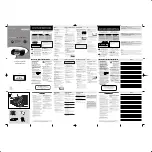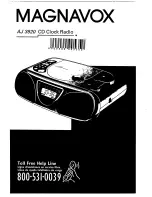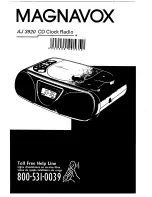
Test Step
Once all the components are on the board, hook up the power, and check that
the power LED comes on.
Check also that the voltage is 5V between the “GND” test point and the “VCC”
test point and at the power connector.
Trouble
shooting
If the LED does not come on, turn off immediately to avoid damage to the
components. Check your soldering and the polarity of the components.
If the components are in the right way, connect the power again, and check that
the 7805 voltage regulator does not get hot. If it does not, measure the voltages
in the low voltage circuit.
Measure the voltage at the input (“Vin”) and at the cathode side of D1 (nearest
the centre of the board). This should measure 0.7V less than the input voltage.
If all is well, proceed to the next step. If not, check carefully the orientation of the components
and the power leads. Diode D1 protects the board from having the power connected inverted.
If the LED comes on, check for a few seconds that the 7805 does not heat up. It should stay
almost cold.
Hint:
The 220 uF capacitor
The electrolytic capacitor has a stripe
on it to denote the
negative
side of
the capacitor. The positive side of the
capacitor (which goes into the “+” on
the board) is the other one!
Hint:
The LED orientation
The LED has one lead longer than the
other, and a flat on one side. The
side with the
shorter
lead (the
cathode) goes into the hole on the
board nearest the crystal “Q2”.
The LED should look something like this:
220uF capacitor “stripe”
The LED






































